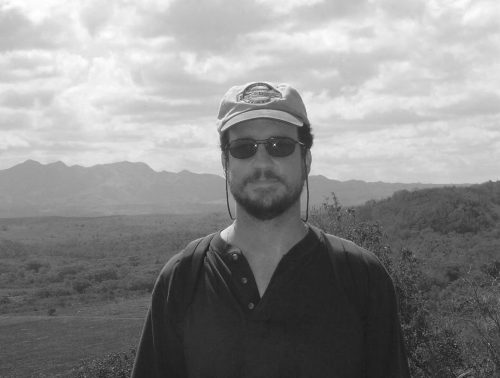During April, I returned to Cuba to conduct more archival research at the Archivo Nacional de Cuba in Havana, and also to re-visit the Arimao River valley near Cienfuegos during the dry season.

Generously funded by Paul F. Miller, Jr. and the Useppa Island Historical Society, the trip resulted in considerable progress toward understanding details of the Cuban fishing industry in Southwest Florida. In addition to finding the first documented reference inside Cuba to Useppa Island’s most famous Cuban resident—José María Caldéz—I came across a number of references to the regular transport of Creek Indians back and forth to Havana on Cuban sloops and schooners, beginning at least as early as the 1770s and lasting as late as 1836.
These so-called “Spanish Indians” were cousins of the ancestral Seminole and Miccosukee Indians, whose descendants would not arrive in South Florida until half a century later. The Havana archives are rich in documentation of these people, who ultimately intermarried with the Cubans, but who were expelled from Florida along with most of the Seminoles in the 19th century. Their story complements that of the previous fisherfolk of Southwest Florida, the Calusa, whose destiny was also connected to Cuba. I plan to explore these and other subjects during my summer research trip to Spain
This article was taken from the Friends of the Randell Research Center Newsletter Vol 3, No. 2. June 2004.